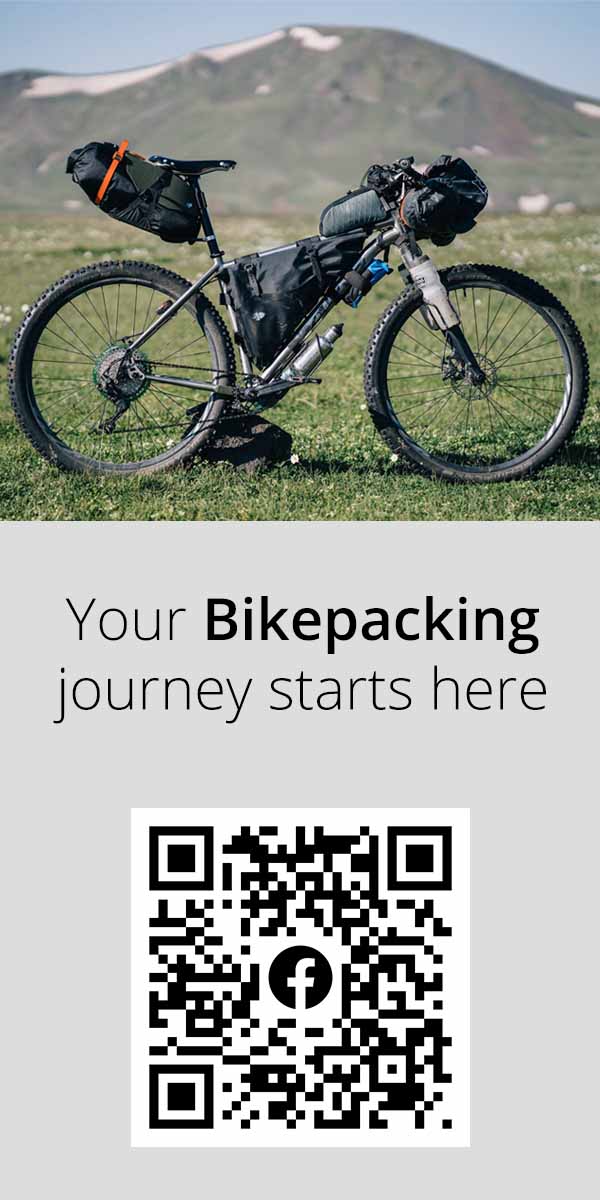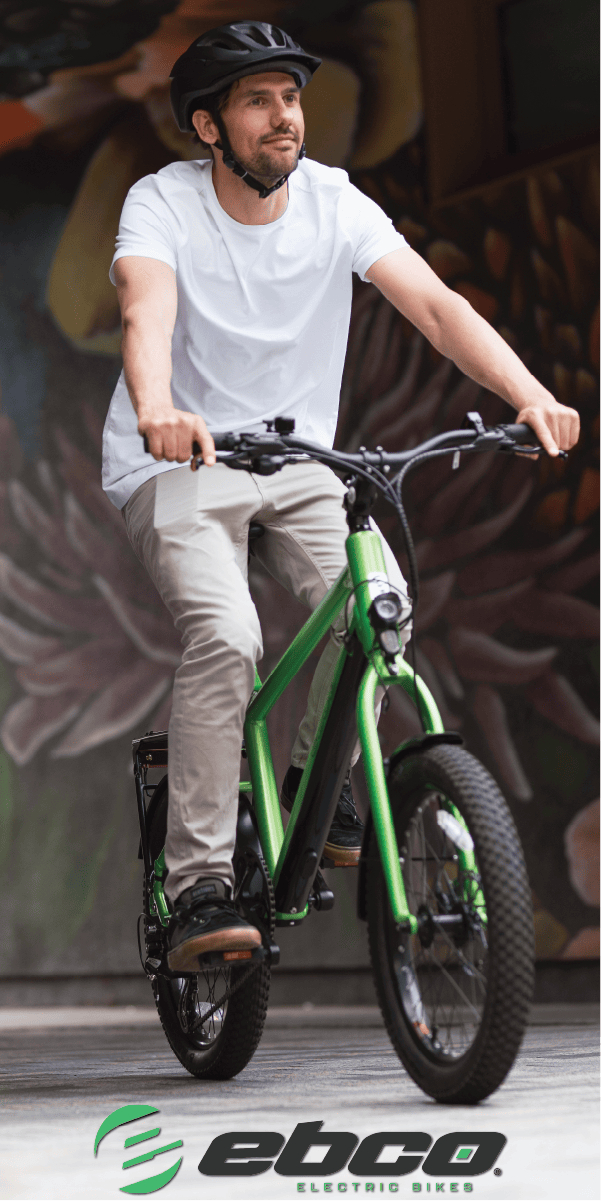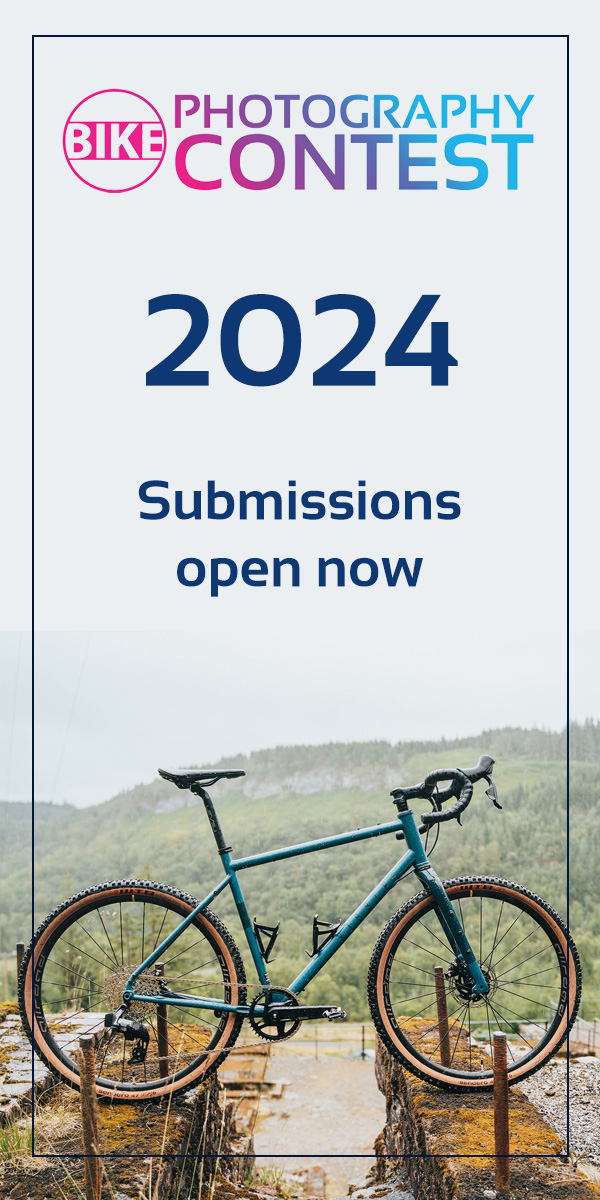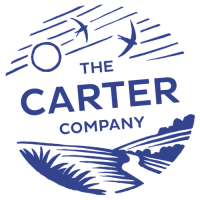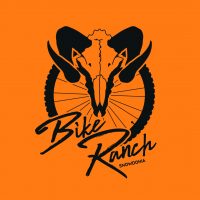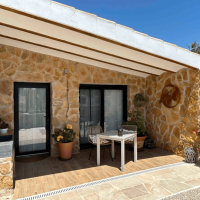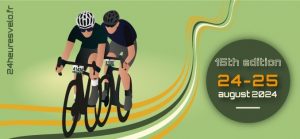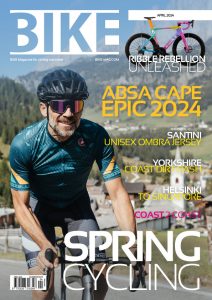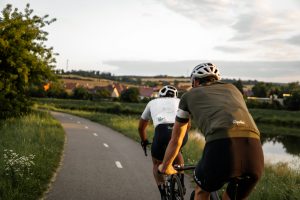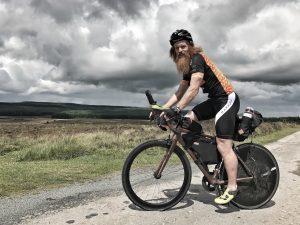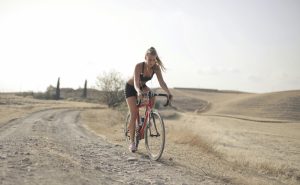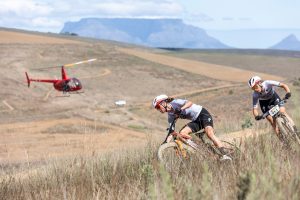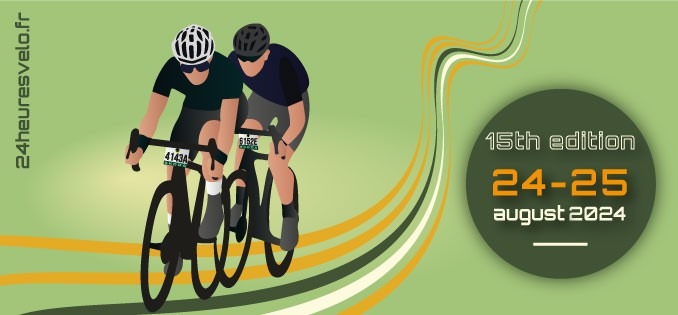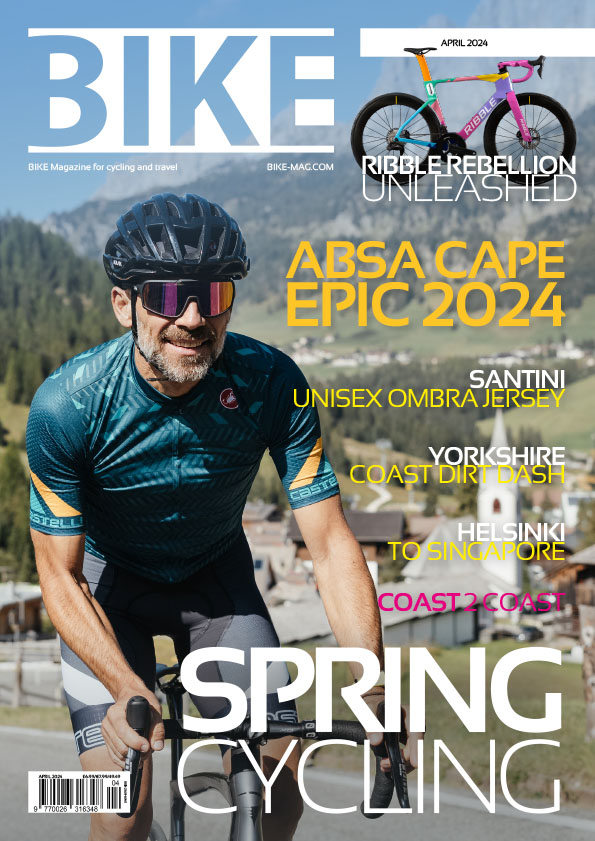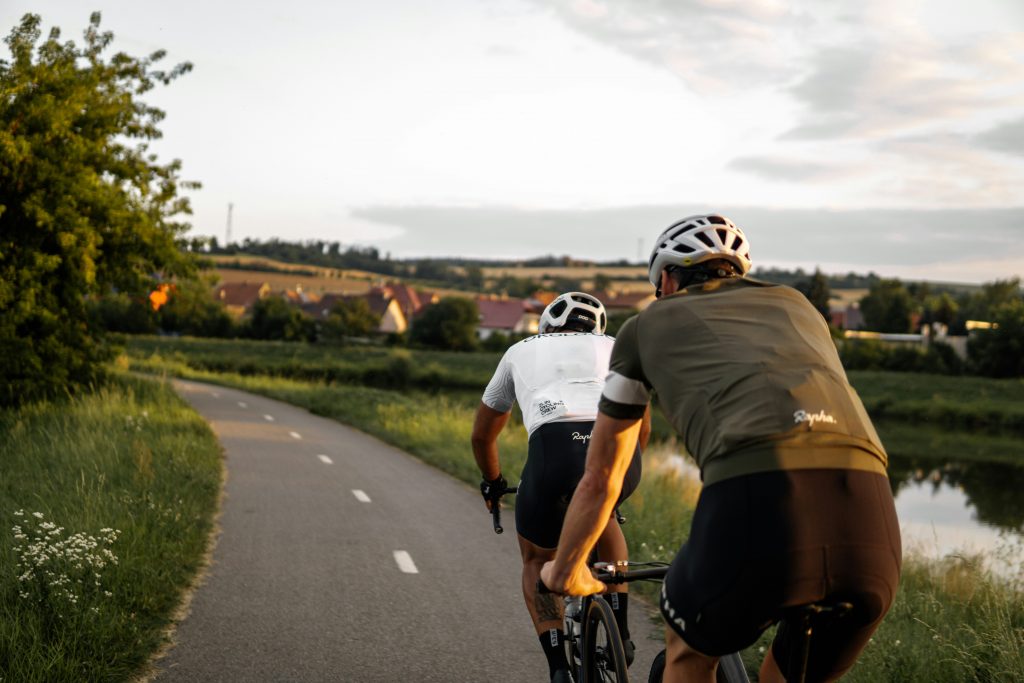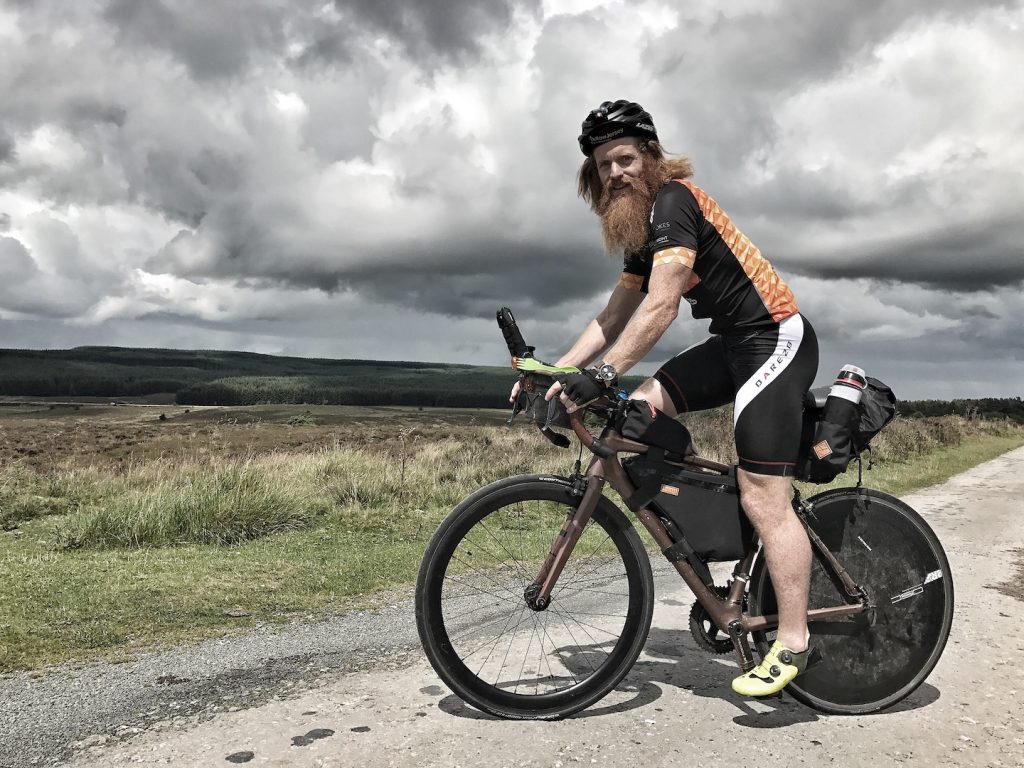The Glutes Are the Biggest Muscle in the Body
The case of underperforming glute muscles is endemic amongst most of us; desk-bound jobs, and more recently, working from home means for nearly the entire day the muscle is fast asleep.
Indeed, if you are an avid cyclist or a runner you will be using your glutes in the bouts of exercise you can fit in around working, but this certainly isn’t enough to keep the muscle fibres engaged and growing even on rest days.
The gluteus maximus is, as suggested by its name, the largest muscle in your body and is the focus of our next ‘training tips’ article. It’s pivotal in providing powerful pedal strokes, which is why we’ve decided to look at ways to help engage the glutes more and hopefully build some long-standing muscle.
The Importance of the Glutes
“The glutes are the biggest muscles in your body, so if you use them you’re more of an engine. But the muscle group also needs to be working correctly to prevent injury, because it stabilises the hip, and can prevent problems like ‘runners knee’ and ITB issues,” says Nichola Roberts of Velo Physio.
As mentioned, many of us live a predominantly sedimentary lifestyle. Working at a desk compresses your spine, and thus the lower back muscles are forced to work overtime, meaning the glutes become irrelevant.

This means when you do eventually engage in serious physical exercise, you are going from extreme to another, which isn’t healthy if you are looking to maximise a muscle group’s potential.
Stretching and Strengthening
Even just getting up every 20 minutes or so to stretch and engage the legs will utilise the glutes, which is a good jumping off point and keeps the fibres warmed up.
However, proper is highly important. Movements such as hip openers and knee hugs keep the pelvis loose, this allowing for internal and external rotation to open up the hip joints and stretching out the buttock muscles.
https://www.youtube.com/watch?v=HzRwKt2NLQ8
It must be stated however that targeted strength conditioning is the only way to see real progress with this muscle group. First and foremost, squats are great place to start. Begin with unweighted to garner the correct form, and incrementally increase the weight week-by-week as your legs and gluts get stronger.
Other more targeted exercises like Bulgarian split squats and luges are even more effective, while heart-rate raisers such as box jumps are great for combining strength training with a bit of high intensity cardio.
Bike Specifications
One last side note to bear in mind when actually out on the bike is the position of your saddle.
What may seem like a relatively insignificant factor is actually crucial to how you utilise your muscles while pedalling. To elaborate, if a saddle is uncomfortable, people will naturally rotate backwards – but on a race bike, to activate your glutes you need to be able to rotate forwards. Your pelvis will be naturally tilted and thus you engage the core, allowing you to push and pedal through the hips which means you are generating power from the glutes.










